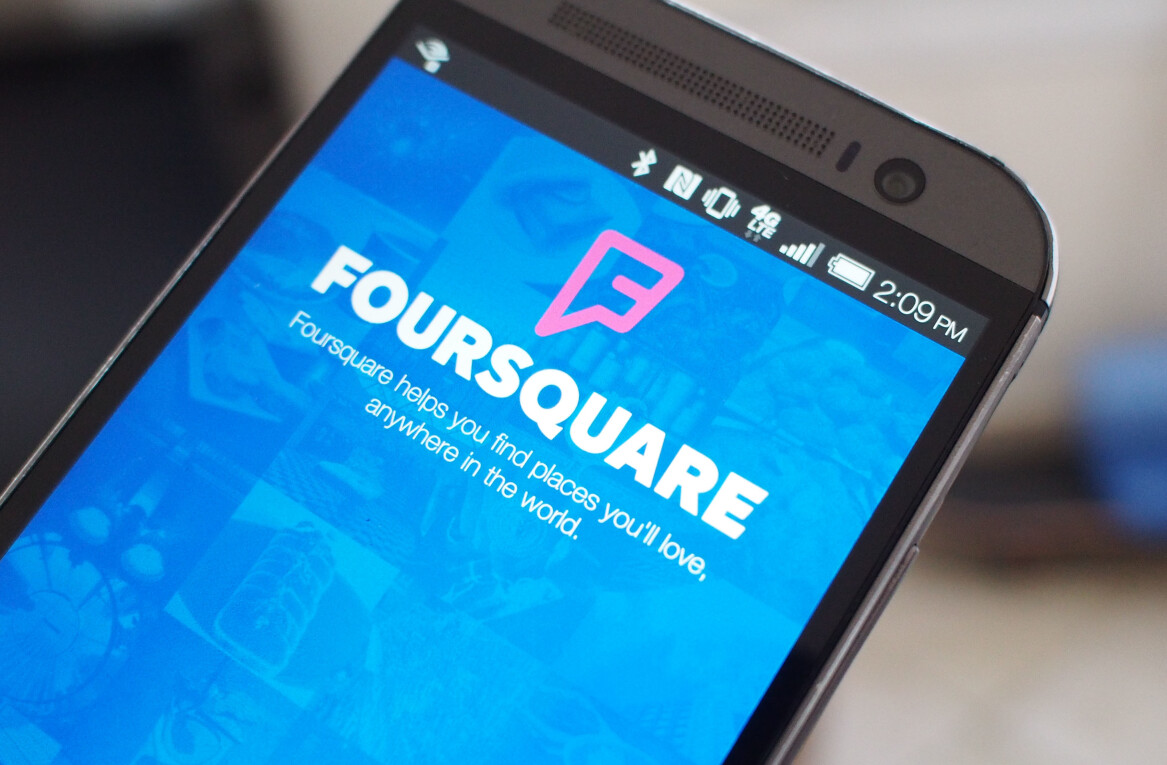
I’m calling it – Twitter has officially dropped the ball on location.
Eighteen months ago I went out on a limb saying that Twitter was the best social platform for a wide range of possible geo applications, saying that location was “in Twitter’s DNA”. Looking back, I still believe that I was right, and that a year and half ago Twitter was best positioned among the competing players – Apple, Google, Facebook and yes, even Foursquare – to be the platform of choice for location apps.
Today, however, I’m calling this a huge missed opportunity for Twitter.
Now, it’s true that there are probably millions of geo-tagged tweets per day, and on the surface, that would seem to point to a vibrant geo platform, but the reality is, that the geo information on those tweets is at best an afterthought for most, when – if Twitter had played its cards right – location could have been an integral aspect of the Twitter experience.
So let’s look at some of the areas that Twitter location has failed to live up to its potential:
Static vs dynamic location
Yes, Twitter has “geo” data, but a large problem – and one that it should have pushed its users more to adopt – is that many people simply provide a “home” location at the city or state/province level and do not have geo-tagging of their actual location enabled.
Of course, that is the user’s prerogitive, and as Twitter is almost completely an open network, it makes sense that many users – the majority of who are still very wary of location based services – would feel uncomfortable sharing out their location all the time. That said, Twitter had the opportunity to user in a sea change in these attitudes, but for whatever reason, it was content to not push the acceptance of geo-tagging within its service.
Local context
Of all of the things that I thought that Twitter could excel at, local context in tweets is something that has basically not materialized at all. Useful “local” tweets mainly come from people in your area that already follow you, not based on even your most basic geo info (i.e. your coordinates). City-level Trends have some news value, but so does your local newspaper. Perhaps if Twitter had latched onto the group text messaging rage of earlier this year, it could have pushed local context a bit more, but it seemingly ignored that tract as well (and honestly, that might turn out to be the right choice anyway). Regardless, Twitter could have dominated location by enhancing its proximity tools, but it never even tried.
Wide-ranging events
This is a case of Twitter’s aggregate location information being useful just because that even at a low percentage of users geo-tagging their tweets, it’s better than nothing. For example, during the Japan earthquake and tsunami in March, there were millions of geo-tags attached to tweets with keywords related to the disaster. However, there are two issues with even this large amount of geo data: first, is the “home” location issue discussed above; and second, is that Twitter’s search and other tools are basically incapable of processing this data in any clear form on Twitter.com (though developers have been more innovative here, which leads me to the final main reason…)
The devolution of the developer community
The devolution of the Twitter platform over the last year (and it has devolved, regardless of the big numbers Twitter throws out) has of course affected many of Twitter’s developers and apps, but an analysis of Twitter’s lost geo-potential wouldn’t be complete without mentioning how Foursquare has completely stolen the bouncy red ball out of Twitter’s geo-square. The 10,000+ developers using the Foursquare API have obviously decided that when it comes to location, it’s better to integrate the much smaller user base of Foursquare (10 million users to hundreds of millions of users of Twitter – and of course even more users of Facebook – and perhaps soon Google+ – but that’s a discussion for another day).
Perhaps Twitter, in its move to reign in its developer ecosystem, was happy to let Foursquare take the brunt of the work of serving up location info to developers that probably also are using the Twitter API as well – or perhaps among the million Twitter integrated apps out there, better location data hasn’t been in that much demand by developers. Regardless, it’s becoming increasingly clear to me that, unlike 18 months ago, Foursquare – and not Twitter – is becoming the de facto social location platform for developers.
Note: We reached out to Twitter a few weeks ago with our questions about what has happened with location, and we received no response.
Get the TNW newsletter
Get the most important tech news in your inbox each week.




